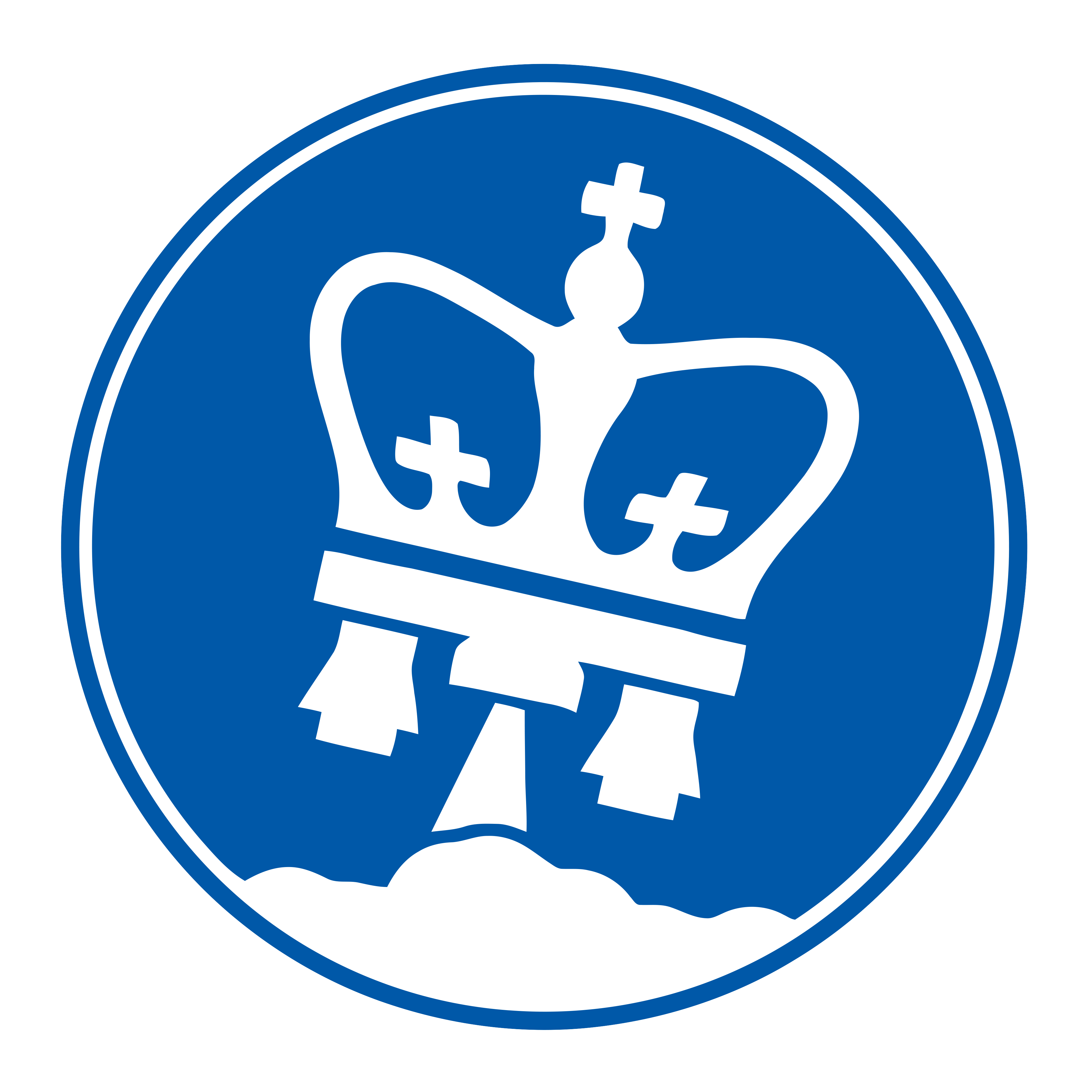
Photo: NASA
Astronauts lose up to 80% of their natural hand motion in spacesuit gloves, making even simple tasks exhausting. RoboGlove, CSI’s newest mission, is developing a lightweight, tendon-driven robotic glove that uses compact actuators to provide real-time grip assistance. The result will be a functional glove prototype enhancing hand performance in space while preserving natural motion. Long-duration missions demand tools that reduce fatigue and protect astronauts from injury. RoboGlove directly addresses this need by improving dexterity and strength, reducing exertion, and even offering the potential for in-flight exercise to combat muscle atrophy. Beyond space applications, the technology has clear uses in rehabilitation and assistive devices on Earth, uniting biomechanics, robotics, and human-centered design.
This mission gives students the opportunity to practice full-stack engineering, from mechanical design and sensor integration to electronics, coding, and human factors testing. You’ll contribute to a tangible prototype that blends robotics, biomechanics, and space technology, while gaining hands-on experience directly transferable to industry and research. Whether your interests lie in aerospace, medical devices, or robotics, RoboGlove offers the chance to build real skills and create something that stands out on your resume.
Build and test a tendon-driven robotic glove prototype capable of real-time grip assistance
Integrate compact actuators, sensors, and control systems into a lightweight, ergonomic design
Conduct human factors testing to evaluate dexterity improvements and fatigue reduction
Explore extensions of the glove for exercise and rehabilitation applications on Earth
Robotics
Mechanical and biomedical design
Electrical engineering/sensor integration
Human factors engineering
Computer Science